Home>Furniture & Design>Interior Design Trends>Why Is Morrocan Motif Easier To Find In Home Decor Than Greek Key?
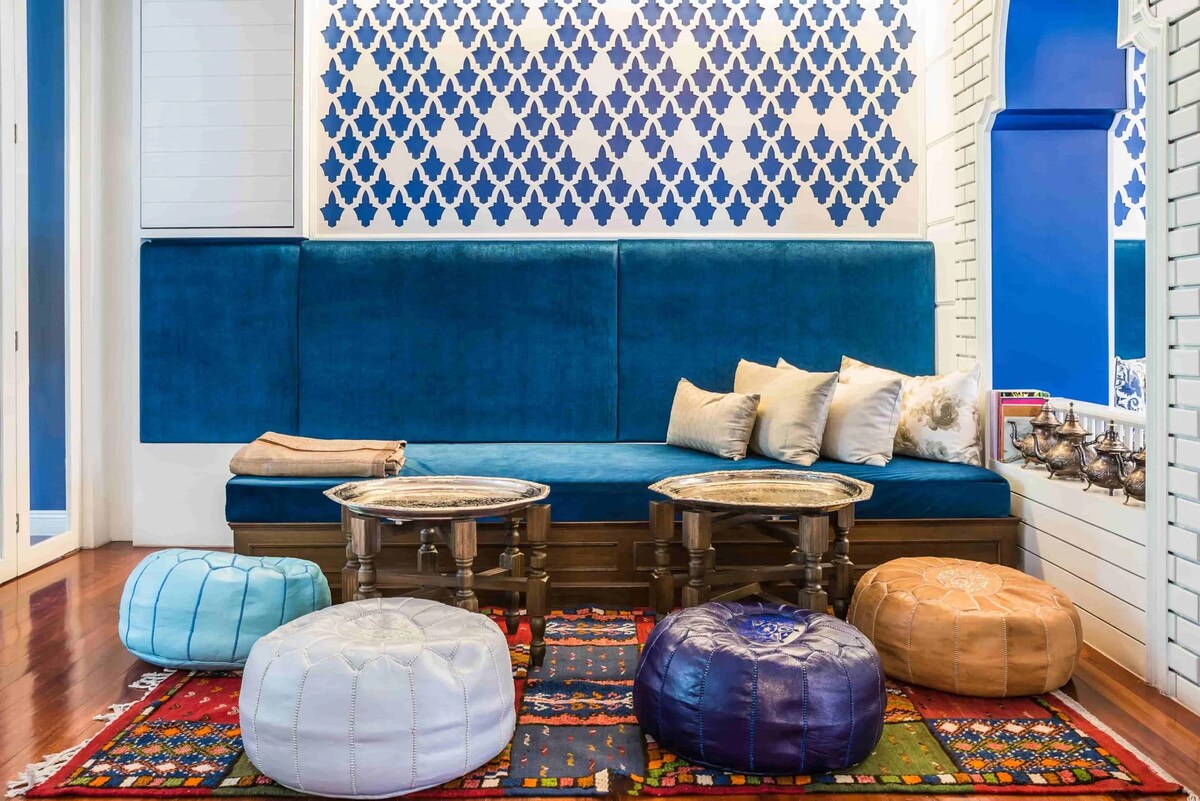

Interior Design Trends
Why Is Morrocan Motif Easier To Find In Home Decor Than Greek Key?
Modified: October 20, 2024
Discover why Moroccan motif is more prevalent in home decor than Greek key and how it influences interior design trends. Explore the cultural impact and aesthetic appeal of these popular design elements.
(Many of the links in this article redirect to a specific reviewed product. Your purchase of these products through affiliate links helps to generate commission for Storables.com, at no extra cost. Learn more)
**
Introduction
**
When it comes to interior design, the infusion of cultural motifs can significantly impact the ambiance of a space. Among the myriad of design elements, Moroccan and Greek Key motifs have garnered attention for their distinct visual appeal and historical significance. In this article, we will explore the reasons behind the prevalence of Moroccan motifs in home decor compared to the relatively lesser presence of Greek Key motifs. By delving into the historical roots, contemporary popularity, and visual allure of these motifs, we aim to uncover the underlying factors that contribute to their differential prevalence in interior design. Join us on this insightful journey as we unravel the captivating world of Moroccan and Greek Key motifs in home decor.
Key Takeaways:
- Moroccan motifs are more popular in home decor due to their vibrant colors, versatility, and ability to evoke a sense of wanderlust and cultural intrigue, making spaces feel exotic and visually dynamic.
- On the other hand, the Greek Key motif, while less prevalent, offers a timeless elegance and classical refinement, appealing to those seeking a touch of historical grandeur and enduring sophistication in their living spaces.
Historical Significance of Moroccan Motif
The Moroccan motif, deeply rooted in the rich tapestry of the country’s cultural heritage, reflects a convergence of diverse influences, including Berber, Arab, and Moorish traditions. This amalgamation of cultural threads has woven a vibrant and intricate design language that has transcended time and geography, making it a coveted element in contemporary home decor.
The history of Moroccan motifs can be traced back to the indigenous Berber tribes, who inhabited the rugged landscapes of North Africa for millennia. The Berbers, renowned for their adeptness in crafting textiles and pottery, infused their creations with symbolic motifs that reflected their spiritual beliefs and tribal identities. These early designs, characterized by geometric patterns and bold colors, laid the foundation for the enduring allure of Moroccan motifs.
As centuries unfolded, Morocco became a melting pot of civilizations, with the Arab and Moorish influences leaving an indelible mark on the country’s artistic expression. The intricate geometric patterns and arabesque motifs, adorning the majestic architecture of Moroccan palaces and mosques, exuded a sense of opulence and sophistication. These ornate designs, featuring interlacing lines and mesmerizing symmetry, became emblematic of the country’s artistic prowess and cultural refinement.
Furthermore, the legacy of Moroccan motifs extends beyond the confines of the country, resonating with artists and designers across the globe. The allure of these motifs has transcended borders, captivating the imagination of creatives who seek to infuse spaces with an exotic and alluring aesthetic. The enduring historical significance of Moroccan motifs, rooted in centuries of craftsmanship and cultural exchange, continues to imbue contemporary home decor with a sense of timeless elegance and worldly charm.
Popularity of Moroccan Motif in Home Decor
The pervasive allure of Moroccan motifs in home decor can be attributed to their ability to infuse spaces with a sense of exoticism, warmth, and visual dynamism. The distinct geometric patterns, vibrant hues, and intricate designs characteristic of Moroccan motifs have found widespread appeal among interior designers and homeowners alike, transcending cultural boundaries and resonating with diverse design sensibilities.
One of the key factors driving the popularity of Moroccan motifs in home decor is their versatility. Whether adorning textiles, ceramics, or architectural elements, these motifs seamlessly complement a myriad of interior styles, from bohemian and eclectic to modern and minimalist. The adaptability of Moroccan motifs enables them to serve as focal points or accent pieces, adding a touch of global flair to any space.
Moreover, the resurgence of interest in artisanal craftsmanship and handmade aesthetics has propelled Moroccan motifs to the forefront of contemporary home decor trends. The emphasis on authenticity and individuality has spurred a renaissance of traditional Moroccan crafts, including intricate tilework, handwoven rugs, and ornate metalwork, all of which showcase the enduring appeal of Moroccan motifs in a modern context.
Furthermore, the timeless allure of Moroccan motifs lies in their ability to evoke a sense of wanderlust and cultural intrigue. By incorporating these motifs into interior spaces, homeowners can create an ambiance reminiscent of far-flung destinations and ancient bazaars, fostering a sense of escapism and adventure within the comforts of home.
Additionally, the growing appreciation for sustainable and globally inspired design has propelled Moroccan motifs into the spotlight, as they embody a fusion of heritage, artisanship, and environmental consciousness. The use of natural materials, such as clay, wood, and wool, in crafting Moroccan-inspired decor aligns with the ethos of eco-friendly design, further enhancing the desirability of these motifs in contemporary home interiors.
Overall, the widespread popularity of Moroccan motifs in home decor can be attributed to their timeless allure, adaptability, and ability to evoke a sense of cultural enchantment, making them a perennial favorite among design enthusiasts seeking to infuse their spaces with a touch of exotic elegance.
Greek Key Motif in Home Decor
While the Greek Key motif, also known as the meander or key pattern, boasts a rich historical legacy and timeless appeal, its prevalence in contemporary home decor has been relatively subdued compared to the widespread popularity of Moroccan motifs. The Greek Key motif derives its name from its resemblance to the twisting and turning Meander River in ancient Greece, and its origins can be traced back to ancient Greek art and architecture.
In ancient Greece, the Greek Key motif held profound symbolism, representing infinity and the eternal flow of life. This enduring symbol adorned the friezes of temples, the borders of pottery, and the embellishments of ceremonial attire, serving as a visual testament to the Greeks’ reverence for harmony, continuity, and the cyclical nature of existence.
Despite its profound historical significance, the incorporation of the Greek Key motif in contemporary home decor has been relatively understated. However, this enduring motif has found its place in a variety of design applications, from textiles and upholstery to architectural details and decorative accents.
One of the key reasons for the restrained presence of the Greek Key motif in home decor lies in its perceived formality and traditional associations. The intricate and symmetrical nature of the motif, while evocative of timeless elegance, may be perceived as less adaptable to a wide range of interior styles compared to the more eclectic and versatile Moroccan motifs.
Furthermore, the visual impact of the Greek Key motif, characterized by its repetitive and linear design, may pose challenges in seamlessly integrating it into contemporary interior compositions. Designers often seek motifs that offer more fluidity and organic appeal, aligning with the prevailing trends favoring softer, nature-inspired patterns and textures.
However, the enduring allure of the Greek Key motif persists, particularly in spaces that exude a sense of classical refinement and architectural grandeur. Its application in architectural moldings, furniture details, and decorative borders adds a touch of timeless sophistication to interiors, appealing to connoisseurs of classical design and those seeking to evoke a sense of historical grandeur within their living spaces.
In summary, while the Greek Key motif may not enjoy the same widespread prevalence as Moroccan motifs in contemporary home decor, its enduring symbolism and timeless elegance continue to captivate aficionados of classical design, offering a refined touch to interiors that embrace its storied heritage and enduring allure.
Moroccan motifs are easier to find in home decor than Greek key because of the growing popularity of bohemian and eclectic styles, which often incorporate Moroccan design elements. Additionally, Moroccan motifs are known for their vibrant colors and intricate patterns, making them a popular choice for adding visual interest to home decor.
Comparison of Moroccan and Greek Key Motifs in Home Decor
When comparing Moroccan and Greek Key motifs in the context of home decor, several distinct characteristics and cultural connotations come to the forefront, shaping their respective roles in interior design.
First and foremost, Moroccan motifs are renowned for their vibrant color palettes, intricate geometric patterns, and cultural symbolism, which imbue spaces with a sense of exoticism, warmth, and visual dynamism. These motifs often feature bold, contrasting hues and intricate designs that evoke the rich tapestry of North African heritage, making them well-suited for eclectic, bohemian, and globally inspired interiors.
In contrast, the Greek Key motif exudes a sense of timeless elegance and classical refinement, characterized by its linear and repetitive design inspired by ancient Greek art and architecture. The motif’s association with the eternal flow of life and its historical significance as a symbol of continuity and infinity imbue it with a sense of enduring symbolism and understated sophistication.
From a design perspective, Moroccan motifs offer a more eclectic and versatile appeal, seamlessly integrating with a wide range of interior styles, from contemporary and modern to traditional and eclectic. The vibrant and dynamic nature of Moroccan motifs lends itself to diverse applications, including textiles, ceramics, and architectural details, adding a touch of global flair to any space.
On the other hand, the Greek Key motif, with its formal and symmetrical aesthetic, is often favored in interiors that exude a sense of classical grandeur and architectural opulence. Its application in architectural details, furniture embellishments, and decorative accents adds a refined and timeless touch to spaces seeking to evoke a sense of historical continuity and classical elegance.
Furthermore, the cultural connotations associated with Moroccan motifs evoke a sense of wanderlust, cultural intrigue, and artisanal craftsmanship, appealing to those who seek to infuse their spaces with a touch of exotic elegance and global charm. The versatility and adaptability of Moroccan motifs make them a perennial favorite in contemporary home decor, resonating with the growing appreciation for artisanal crafts and globally inspired design.
While the Greek Key motif may not enjoy the same widespread prevalence as Moroccan motifs in contemporary home decor, its enduring symbolism and timeless elegance continue to captivate aficionados of classical design, offering a refined touch to interiors that embrace its storied heritage and enduring allure.
In essence, the comparison of Moroccan and Greek Key motifs in home decor underscores the diverse cultural influences, design applications, and visual appeals that shape their roles in interior design, offering a rich tapestry of aesthetic possibilities for creating captivating and culturally resonant living spaces.
Read more: How To Find Suppliers For Home Decor
The Appeal of Moroccan Motif in Home Decor
The enduring appeal of Moroccan motifs in home decor can be attributed to a myriad of captivating factors that converge to infuse spaces with an exotic, vibrant, and culturally rich ambiance.
One of the key elements that contribute to the appeal of Moroccan motifs is their rich historical and cultural significance. Rooted in centuries of artisanal craftsmanship and cultural exchange, these motifs evoke a sense of wanderlust, cultural intrigue, and a timeless connection to the diverse heritage of North Africa. The vibrant color palettes, intricate geometric patterns, and symbolic motifs reflect the convergence of Berber, Arab, and Moorish traditions, imbuing spaces with a sense of worldly charm and visual dynamism.
Furthermore, the versatility of Moroccan motifs plays a pivotal role in their widespread appeal in home decor. Whether adorning textiles, ceramics, or architectural elements, these motifs seamlessly complement a myriad of interior styles, from bohemian and eclectic to modern and minimalist. The adaptability of Moroccan motifs enables them to serve as focal points or accent pieces, adding a touch of global flair to any space, and offering endless possibilities for creative expression and design personalization.
Moreover, the resurgence of interest in artisanal craftsmanship and handmade aesthetics has propelled Moroccan motifs to the forefront of contemporary home decor trends. The emphasis on authenticity and individuality has spurred a renaissance of traditional Moroccan crafts, including intricate tilework, handwoven rugs, and ornate metalwork, all of which showcase the enduring appeal of Moroccan motifs in a modern context. The artisanal nature of these creations adds a layer of authenticity and cultural resonance to interior spaces, fostering a sense of connection to age-old traditions and craftsmanship.
Additionally, the timeless allure of Moroccan motifs lies in their ability to evoke a sense of escapism and cultural enchantment. By incorporating these motifs into interior spaces, homeowners can create an ambiance reminiscent of far-flung destinations and ancient bazaars, fostering a sense of adventure and global sophistication within the comforts of home. The captivating allure of Moroccan motifs transcends geographical boundaries, offering a passport to a world of vibrant hues, intricate patterns, and exotic elegance.
Overall, the appeal of Moroccan motifs in home decor can be attributed to their rich cultural heritage, versatile design applications, artisanal craftsmanship, and their ability to evoke a sense of wanderlust and cultural intrigue. By infusing spaces with the timeless allure of Moroccan motifs, homeowners can embark on a captivating journey through the vibrant tapestry of North African artistry, creating living spaces that resonate with exotic elegance and cultural resonance.
Conclusion
In the realm of interior design, the prevalence of cultural motifs such as Moroccan and Greek Key patterns offers a captivating tapestry of aesthetic possibilities, each imbued with rich historical significance and visual allure.
The historical roots of Moroccan motifs, deeply intertwined with the cultural heritage of North Africa, reflect a convergence of diverse influences, including Berber, Arab, and Moorish traditions. This amalgamation has given rise to vibrant and intricate designs that continue to captivate the imagination of design enthusiasts and homeowners seeking to infuse their spaces with a touch of exotic elegance and cultural resonance.
Conversely, the Greek Key motif, with its timeless symbolism and classical refinement, evokes a sense of continuity and enduring elegance inspired by ancient Greek art and architecture. While its prevalence in contemporary home decor may be relatively subdued compared to Moroccan motifs, its association with historical grandeur and timeless sophistication continues to resonate with aficionados of classical design.
When comparing Moroccan and Greek Key motifs in the context of home decor, it becomes evident that each offers a distinct visual language and cultural narrative, shaping their respective roles in interior design. The vibrant and versatile nature of Moroccan motifs lends itself to diverse applications, seamlessly integrating with a wide range of interior styles and evoking a sense of wanderlust and cultural intrigue. On the other hand, the Greek Key motif, with its formal and symmetrical aesthetic, appeals to those seeking to infuse their spaces with a touch of classical refinement and historical grandeur.
In essence, the enduring appeal of Moroccan motifs in home decor can be attributed to their rich historical and cultural significance, versatile design applications, and their ability to evoke a sense of escapism and cultural enchantment. By infusing spaces with the timeless allure of Moroccan motifs, homeowners can embark on a captivating journey through the vibrant tapestry of North African artistry, creating living spaces that resonate with exotic elegance and cultural resonance.
Ultimately, the prevalence of Moroccan motifs in contemporary home decor, as compared to the relatively subdued presence of Greek Key motifs, underscores the diverse cultural influences, design applications, and visual appeals that shape the tapestry of interior design, offering a rich array of aesthetic possibilities for creating captivating and culturally resonant living spaces.
Frequently Asked Questions about Why Is Morrocan Motif Easier To Find In Home Decor Than Greek Key?
Was this page helpful?
At Storables.com, we guarantee accurate and reliable information. Our content, validated by Expert Board Contributors, is crafted following stringent Editorial Policies. We're committed to providing you with well-researched, expert-backed insights for all your informational needs.

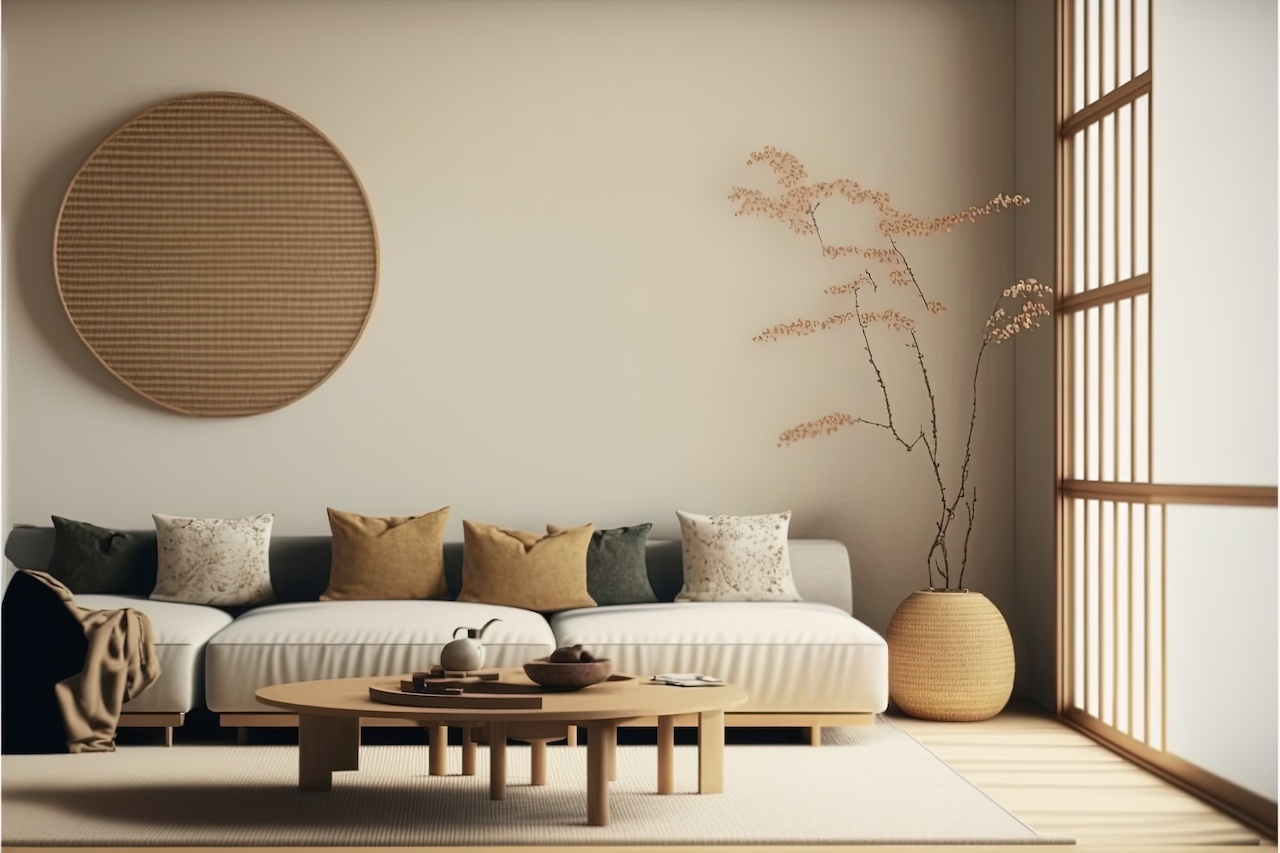
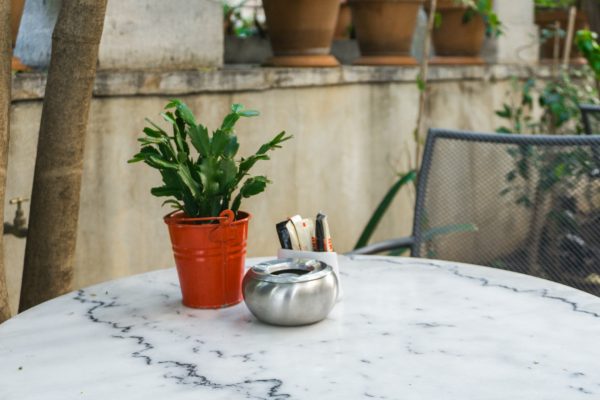
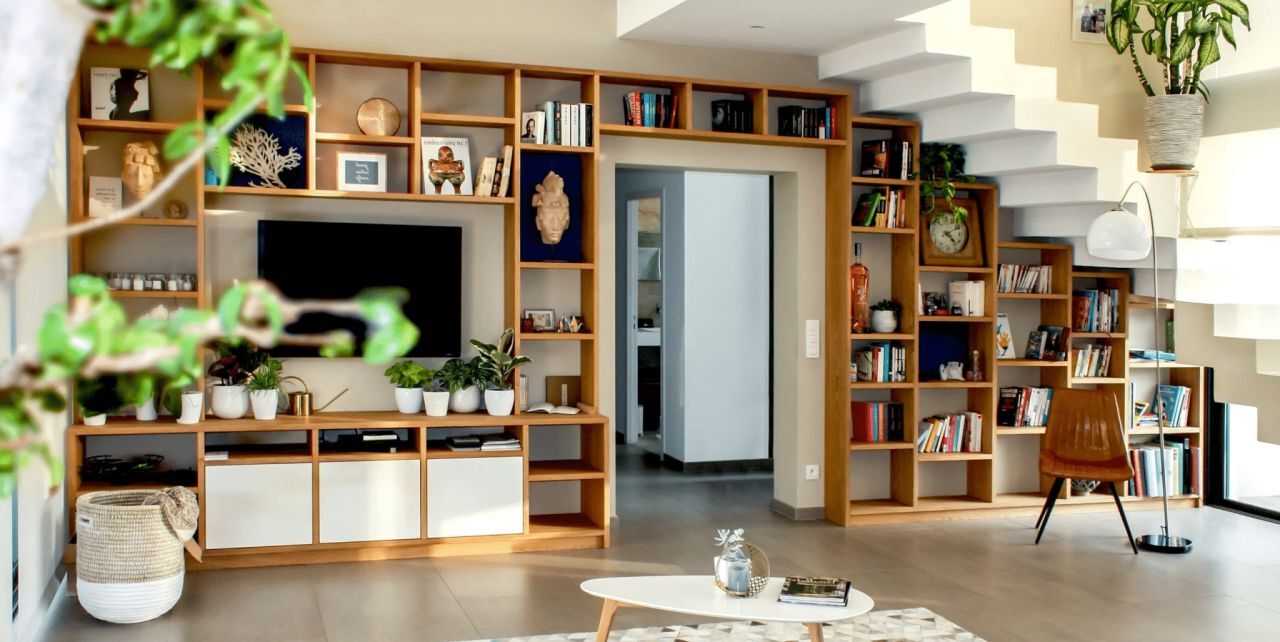
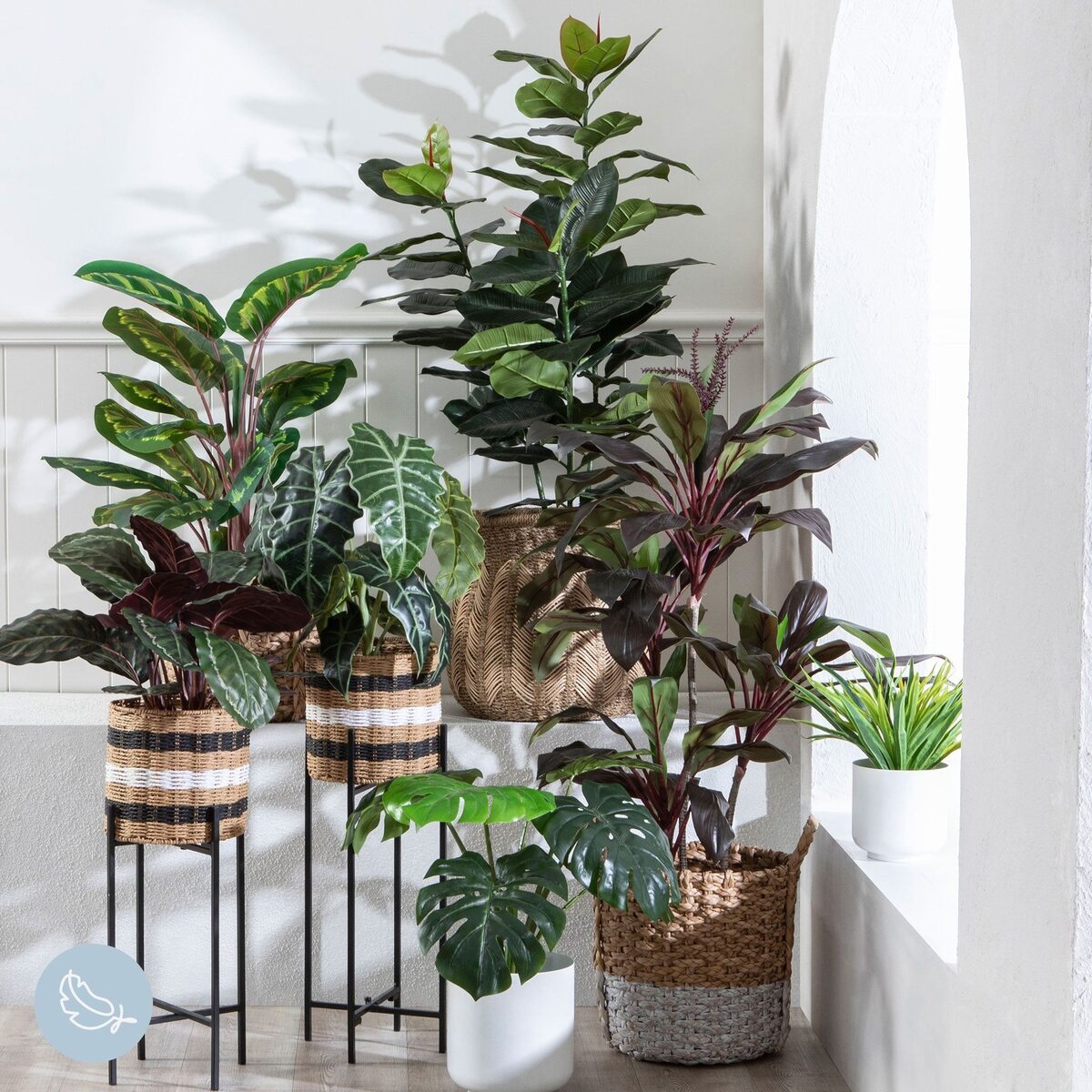
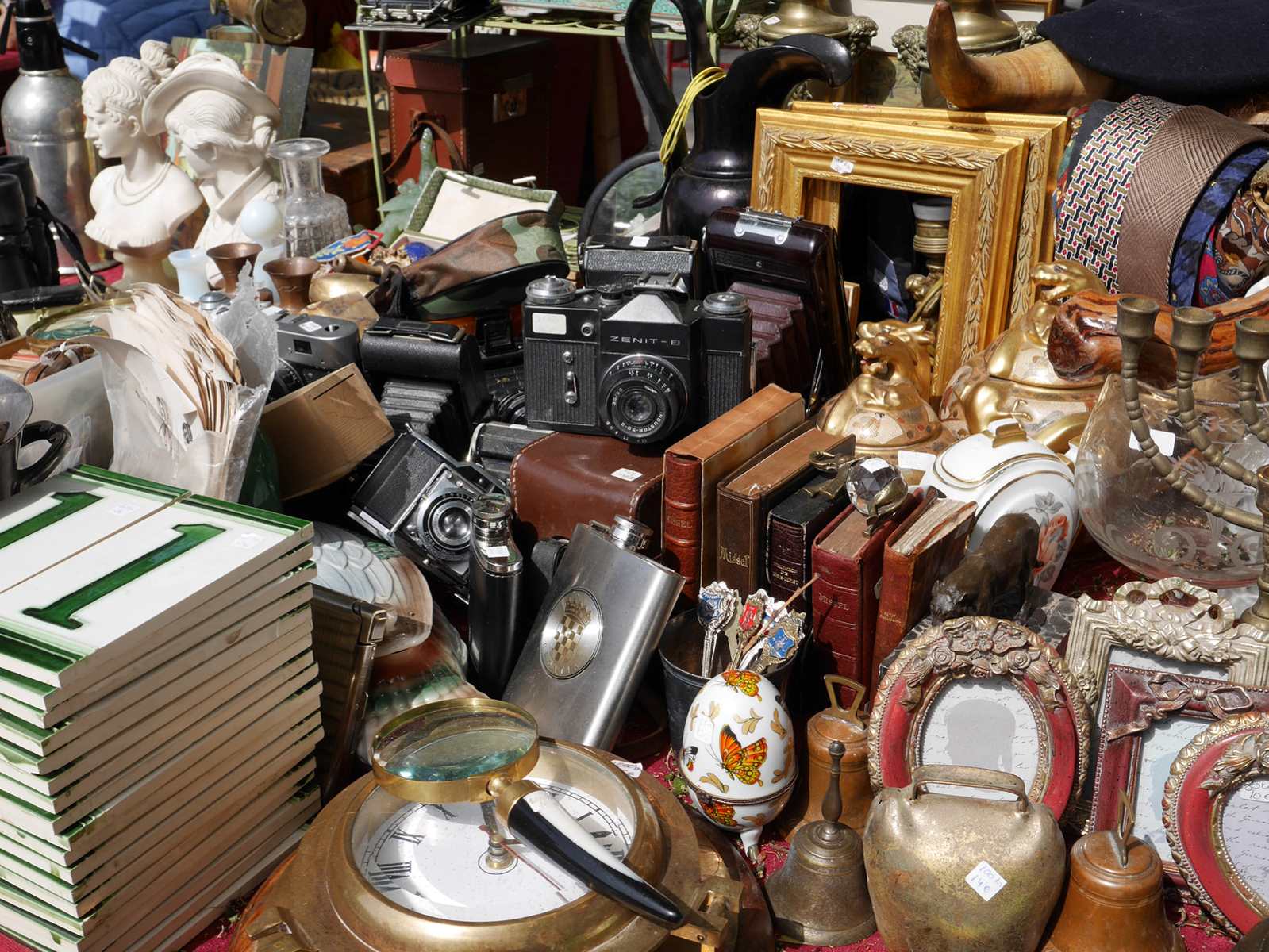
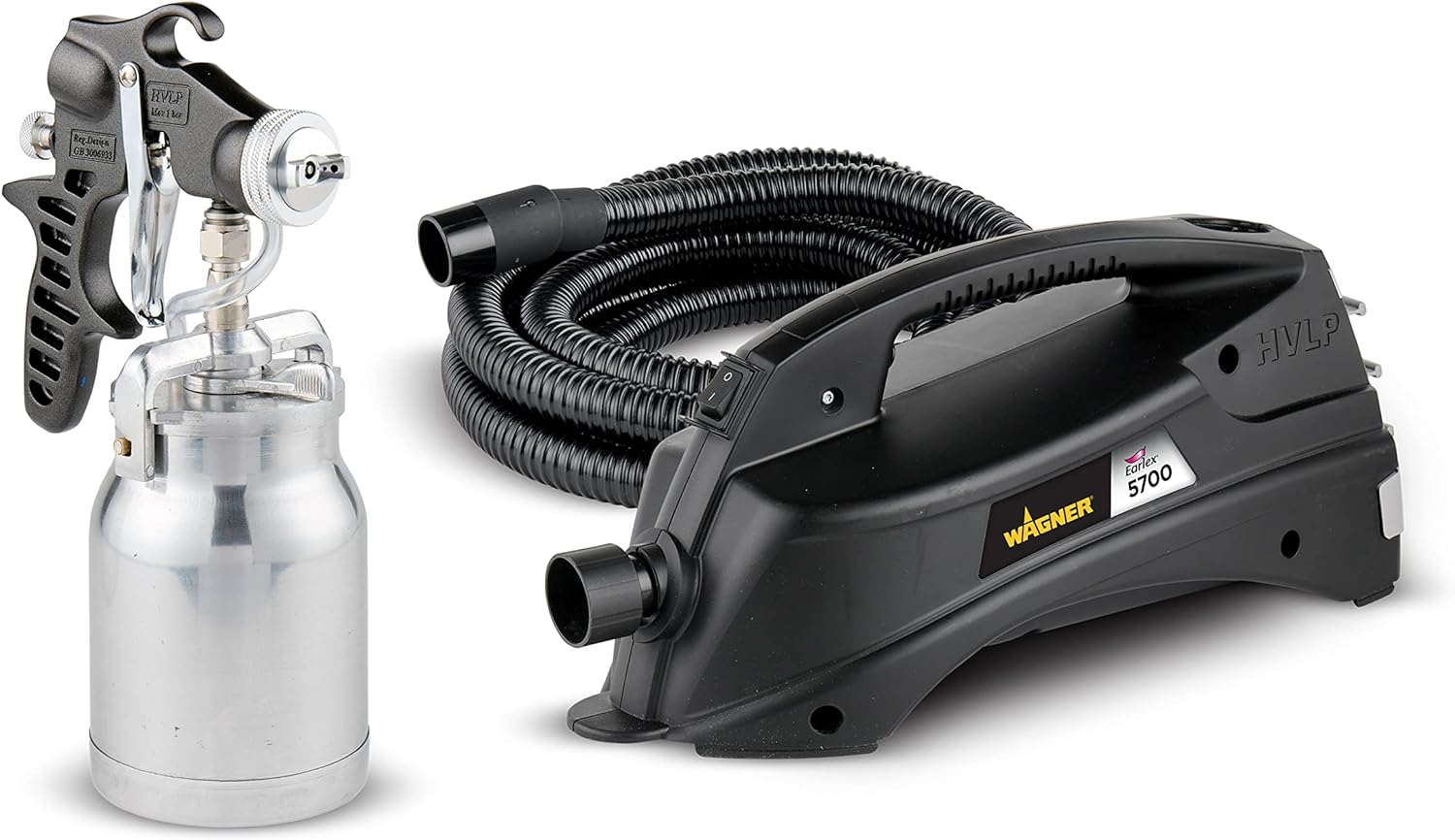
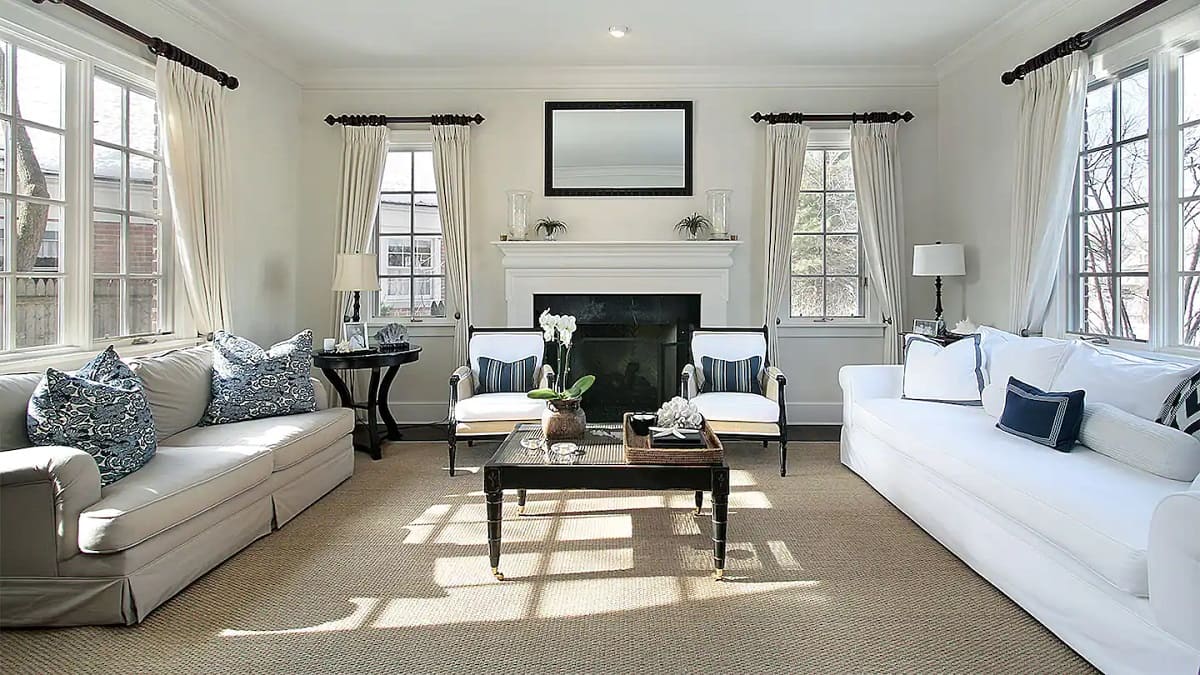
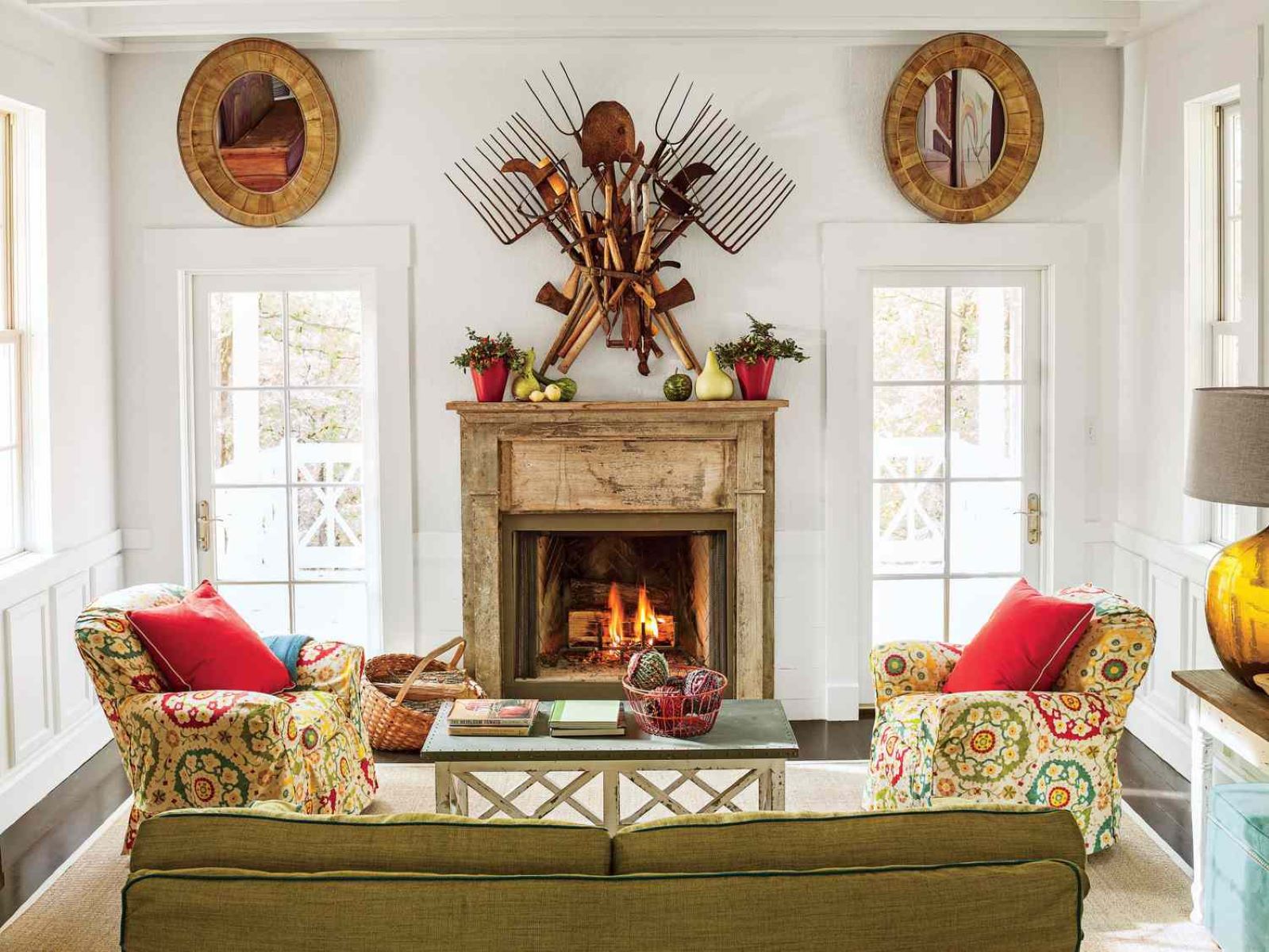
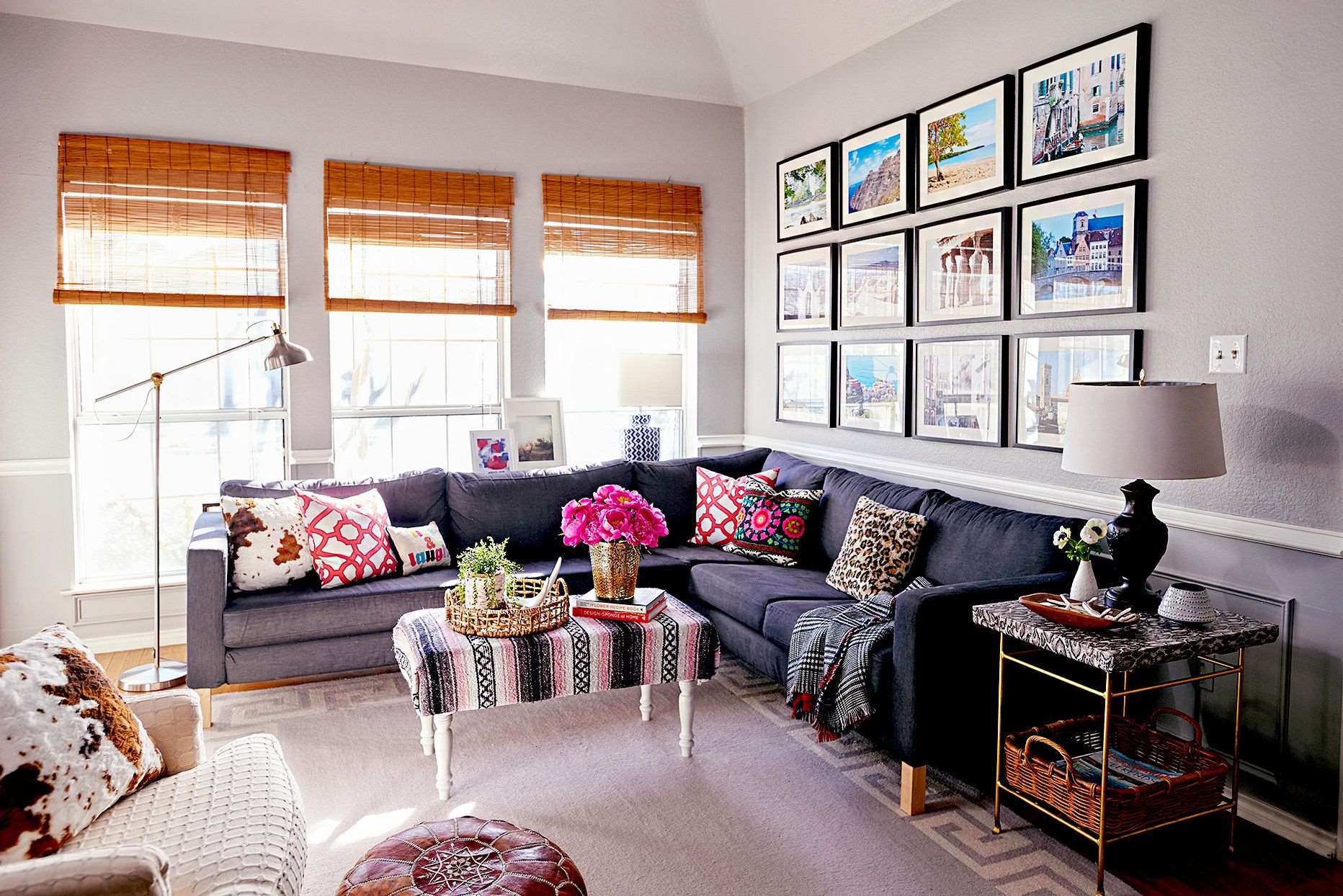
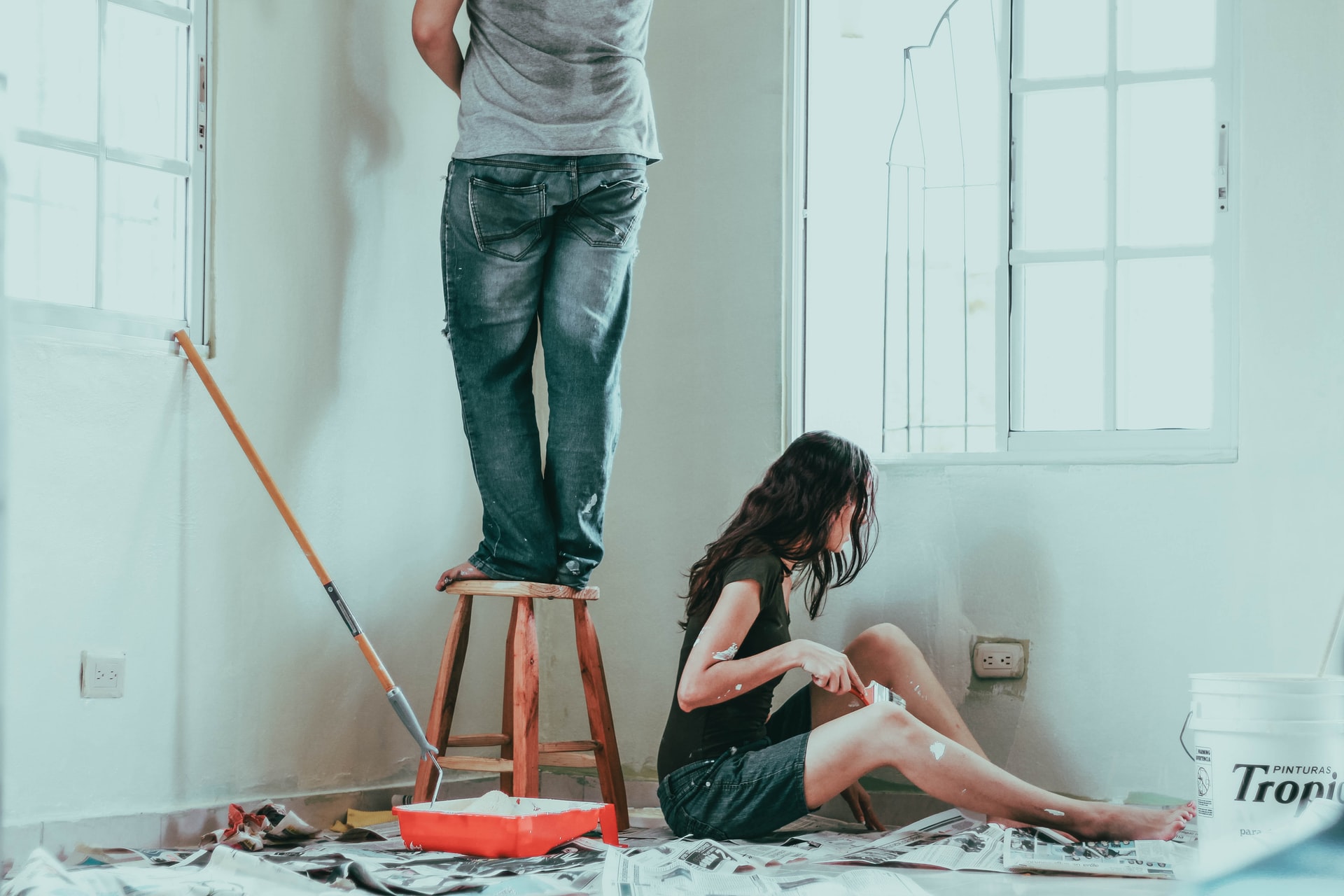
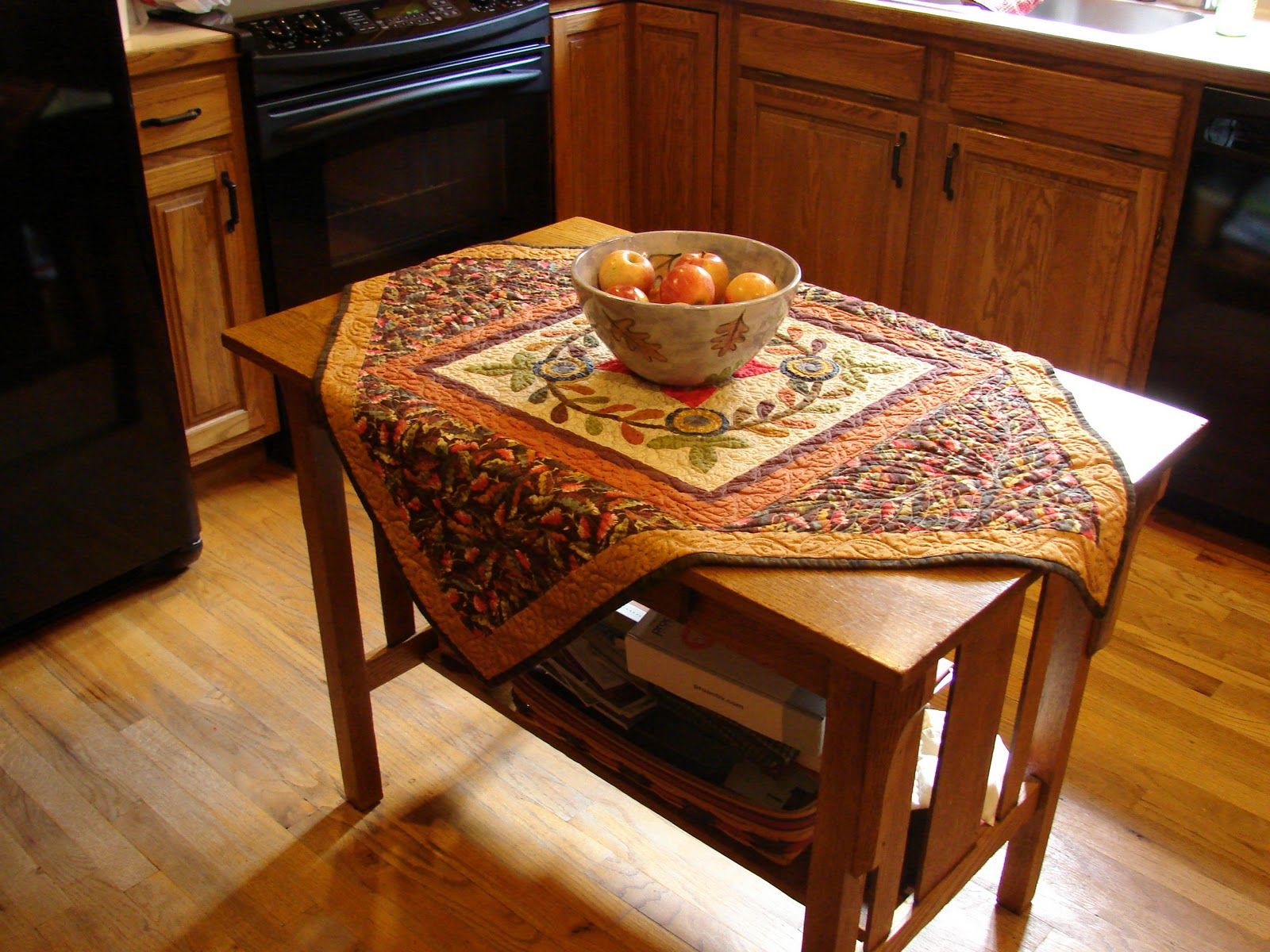

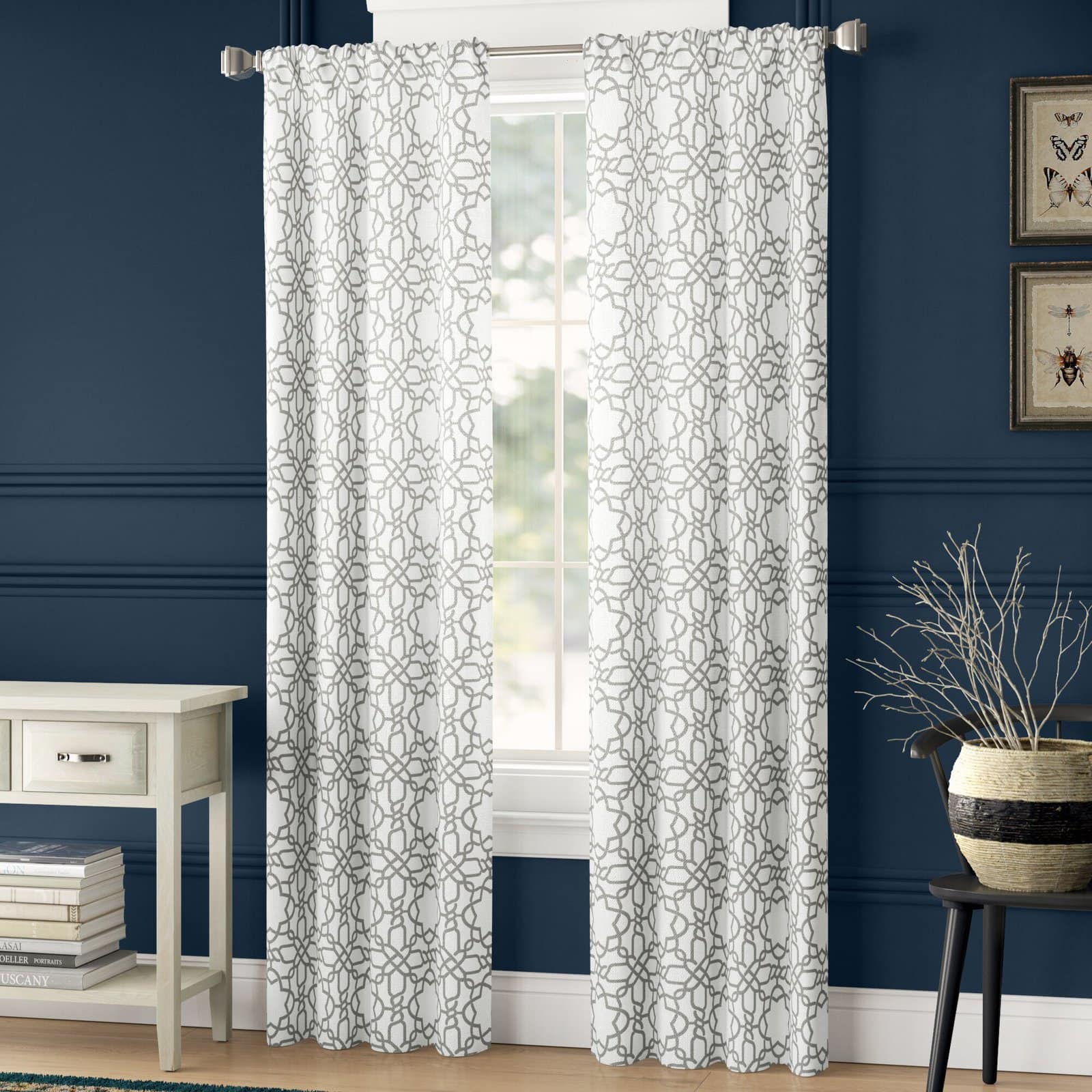

0 thoughts on “Why Is Morrocan Motif Easier To Find In Home Decor Than Greek Key?”